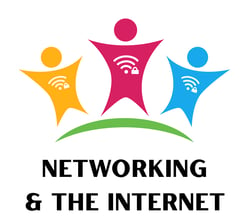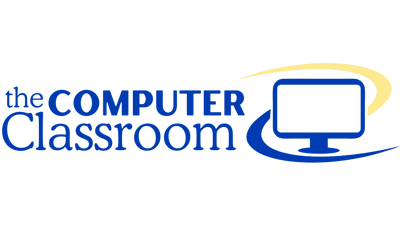Unit Overview
The Opener is a "sampler unit" that starts each course year. Its lessons visit all the units as a way to introduce and prepare students for various skills they will be using throughout the year and to familiarize them with each unit as a way to build background knowledge as each unit receives focus later in the year.
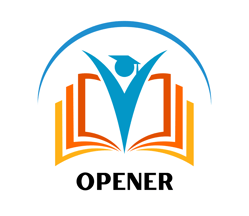

The following summary for each Unit is the concept information from the Oklahoma Academic Standards for Computer Science (2023). Lessons are designed to meet standards based on the subconcepts. Additionally, lessons are designed to meet the International Society for Technology in Education (ISTE) Standards, specified within each lesson.
About the Concepts
Students should understand the hardware and software components of computing systems and devices. This concept includes exploring how hardware and software components work together to be functional for a user and discovering troubleshooting techniques to solve software and hardware problems. Subconcepts include Devices, Hardware & Software, and Troubleshooting.
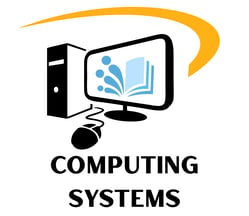

Students should understand how to leverage computing systems to formulate questions that can be addressed with data, and to collect, organize, and display relevant data to answer them. This concept includes selecting and using different types of data and using this data to make inferences and predictions. Subconcepts include Storage; Collection, Visualization, & Transformation; and Inferences & Models.
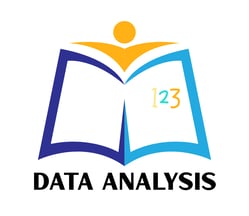

Students should understand algorithms as sequences of steps designed to accomplish specific tasks. Students will explore the role of algorithms in providing instructions for computing devices. This concept includes breaking apart large problems into smaller ones, recombining existing solutions, and analyzing different solutions. Subconcepts include Algorithms, Variables, Control, Modularity, and Program Development.
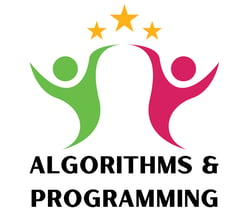

Students should understand how individual computing choices impact others positively and negatively at local, national, and global levels. This concept includes exploring Internet safety, law, and ethics related to using technology and how technology impacts cultures and future generations. Subconcepts include Culture; Social Interactions; and Internet Safety, Law, & Ethics.

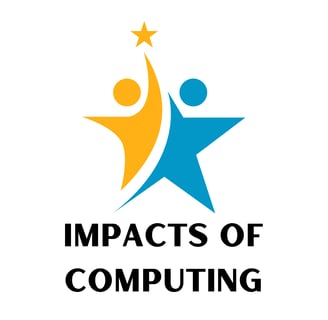
Students should understand how computers communicate with other computers and exchange data between devices. Networks and communication systems provide greater connectivity in the computing world by providing fast, secure communication. This concept includes exploring cybersecurity principles to ensure safe online experiences. Subconcepts include Network Communication & Organization and Cybersecurity.
